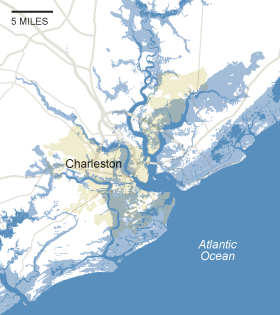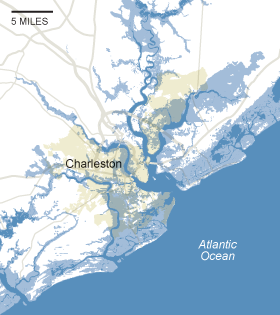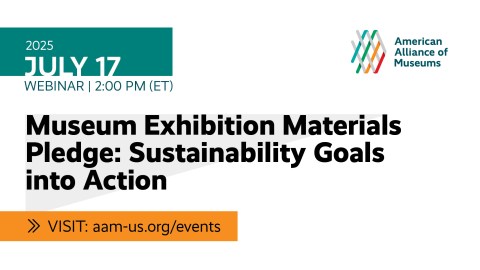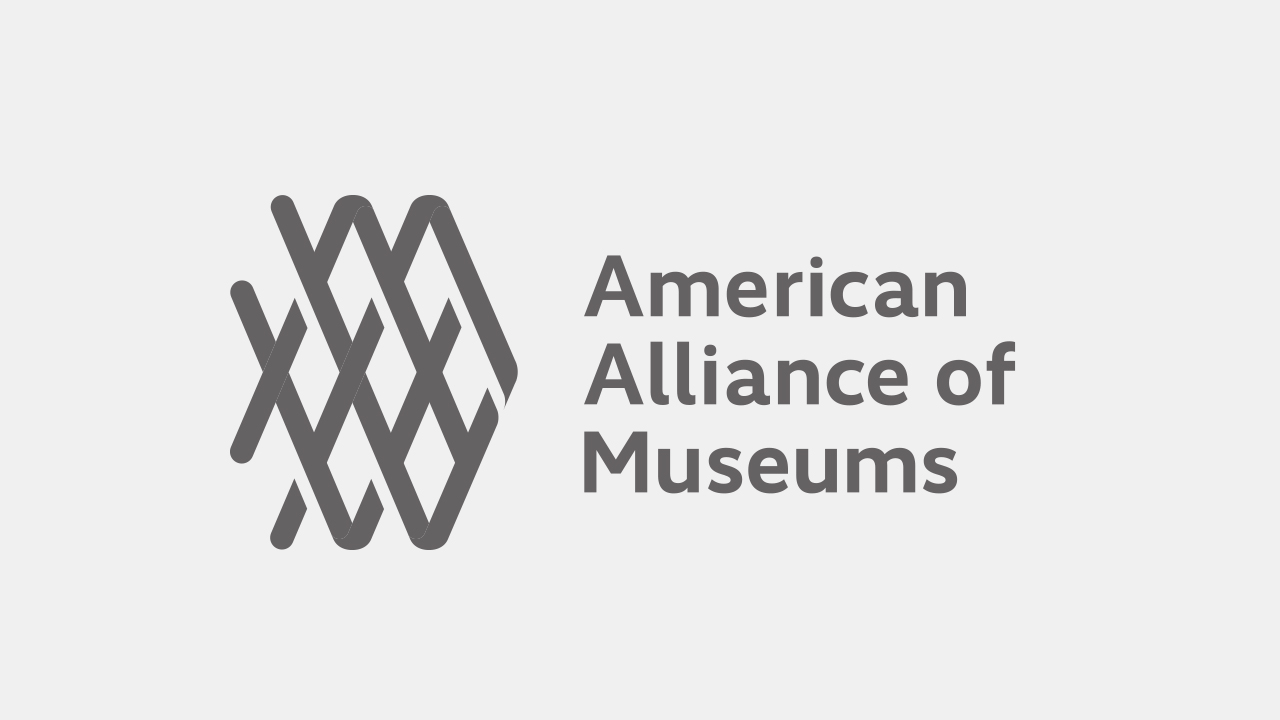
I’ve blogged beforeabout the importance of factoring climate trends into long term planning and risk assessment. Continued news of museums in New York and New Jersey coping with the aftermath of Frankenstorm Sandy, and the UK suffering under extreme rain and flooding, prompted me to use this Monday musing to remind you to spend a little brain power thinking about future risks to your communities, too.
Yesterday the New York Times ran an article called “WhatCould Disappear?” –the online version is an interactive look at how sea level rise is most likely to affect U.S. 24 communities. You can choose from three scenarios—a five foot rise (“probable” in 100 to 300 years); twelve feet (“potential” by 2300), and twenty-five feet (“potential in coming centuries”).
OK—let’s ignore the extreme projection for now. Heck, push the time frame far enough forward in geologic time and we are all going to perish in fire, ice or subducting tectonic plates.
But I’m not letting you off the hook for the 100 to 300 hundred year time frame. Even if you don’t expect your museum to be around in 2112 or 2312 (though you well might), you have an obligation to the descendents of the place and the people you serve. Does your community face hard choices about how it will adapt? Can you play a role in fostering these discussions?
It is highly likely that this question is pertinent to you. Fifty percent of the US population lives in coastal watersheds, and that share is increasing steadily. The distribution of museums in the US probably tracks this population distribution. Even if your museum does not serve a coastal community, you may have to absorb “climate refugees” fleeing their own submerged neighborhoods, as Houston did after Katrina.
 |
| Charleston, S.C.–19% Flooded |
So go take a look. The article presents interactive maps for Baltimore, Boston, Charleston S.C., Houston, Jacksonville Fla., Los Angeles, Long Island, Mobile, New Jersey, New Orleans (88% flooded in the shortest time frame), New York City, Northern California, Philadelphia, Portland (both—Oregon and Maine), Providence, San Diego, Savannah Ga., Seattle, Tampa Bay area, Virginia Beach-Norfolk, Washington D.C. and Wilmington Del. (If your community isn’t on this list, use the interactive map at Surging Seas.)
And after you’ve primed your futures-thinking pump, so to speak, make time to get together with staff, community members and other stakeholders to ask “what might things be like in our community in 2112? And is there anything we might do now to make that a better (and more secure) future?”








